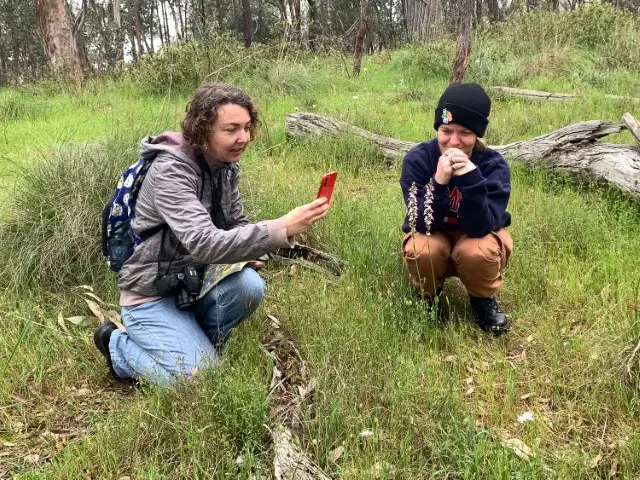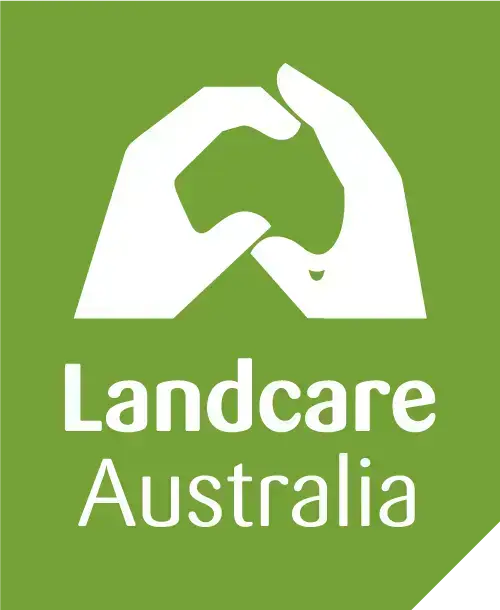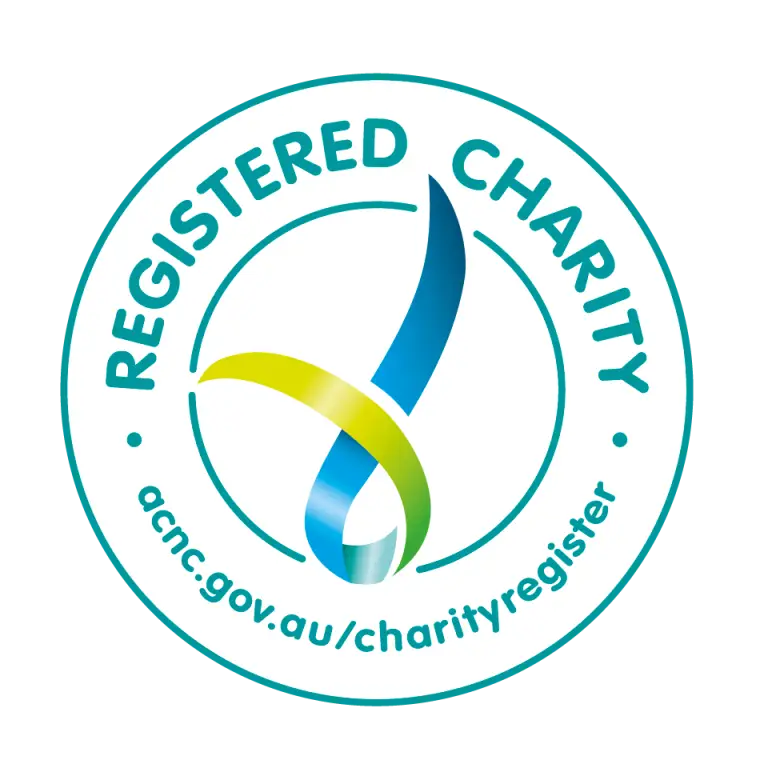Citizen science can be
It’s fun, educational, and helps to inform conservation efforts and action.

There are heaps out there! To find one (or more) that suit you, consider:
Below are some favourites used in Wodonga.
Click any tile for more information.
At Wodonga Landcare, we also use the term ‘community science’ for these activities.
We encourage noticing nature by:
Our goal is to connect people with nature and to use these observations, with other information available, to guide our conservation actions and decision-making.
Make a tax deductible donation to our group through Landcare Victoria.
Please elect to support the Wodonga Urban Landcare Network to ensure funds are directed to us!
We acknowledge and respect the Traditional Owners and First Nations people of the lands and waters of Wodonga and surrounds. We acknowledge the continued connection to land, water and community, their ability to care for Country and their deep spiritual connection to it.
We pay our respects to Elders past, present and emerging whose knowledge and wisdom has ensured the continuation of culture and traditional practices.
We are committed to genuine partnerships and engagement with Traditional Owners and First Nations people to support the protection of Country.
We are proud that Wodonga has retained its Aboriginal name and refers to Bulrushes found on the edge of waterways.

